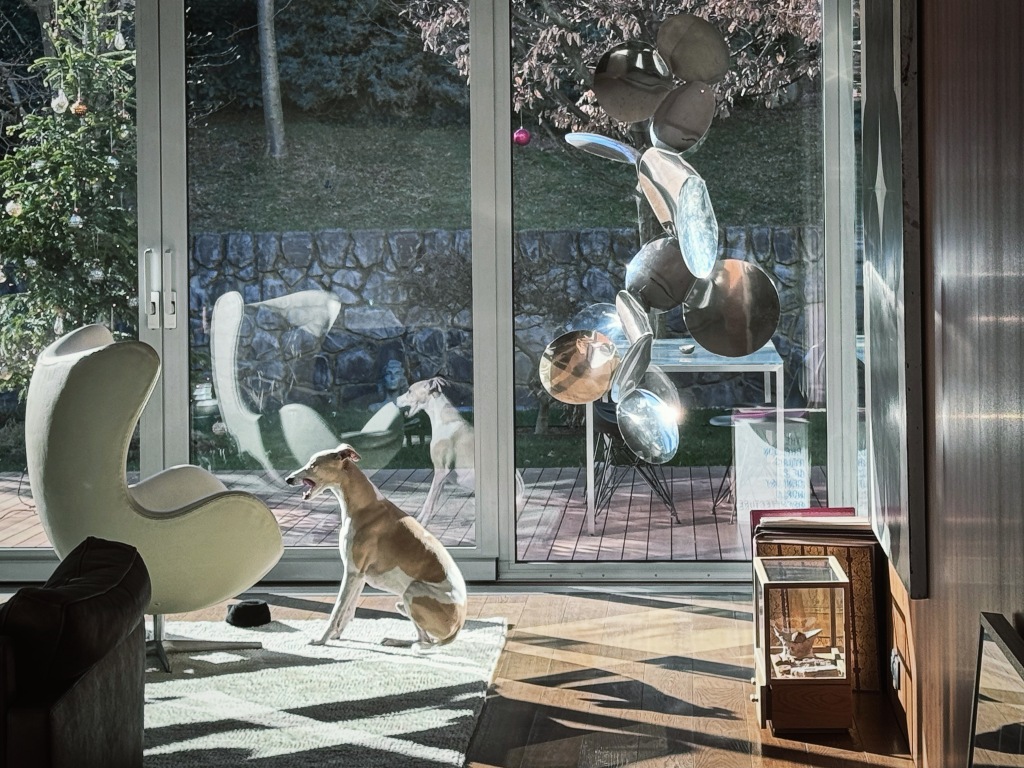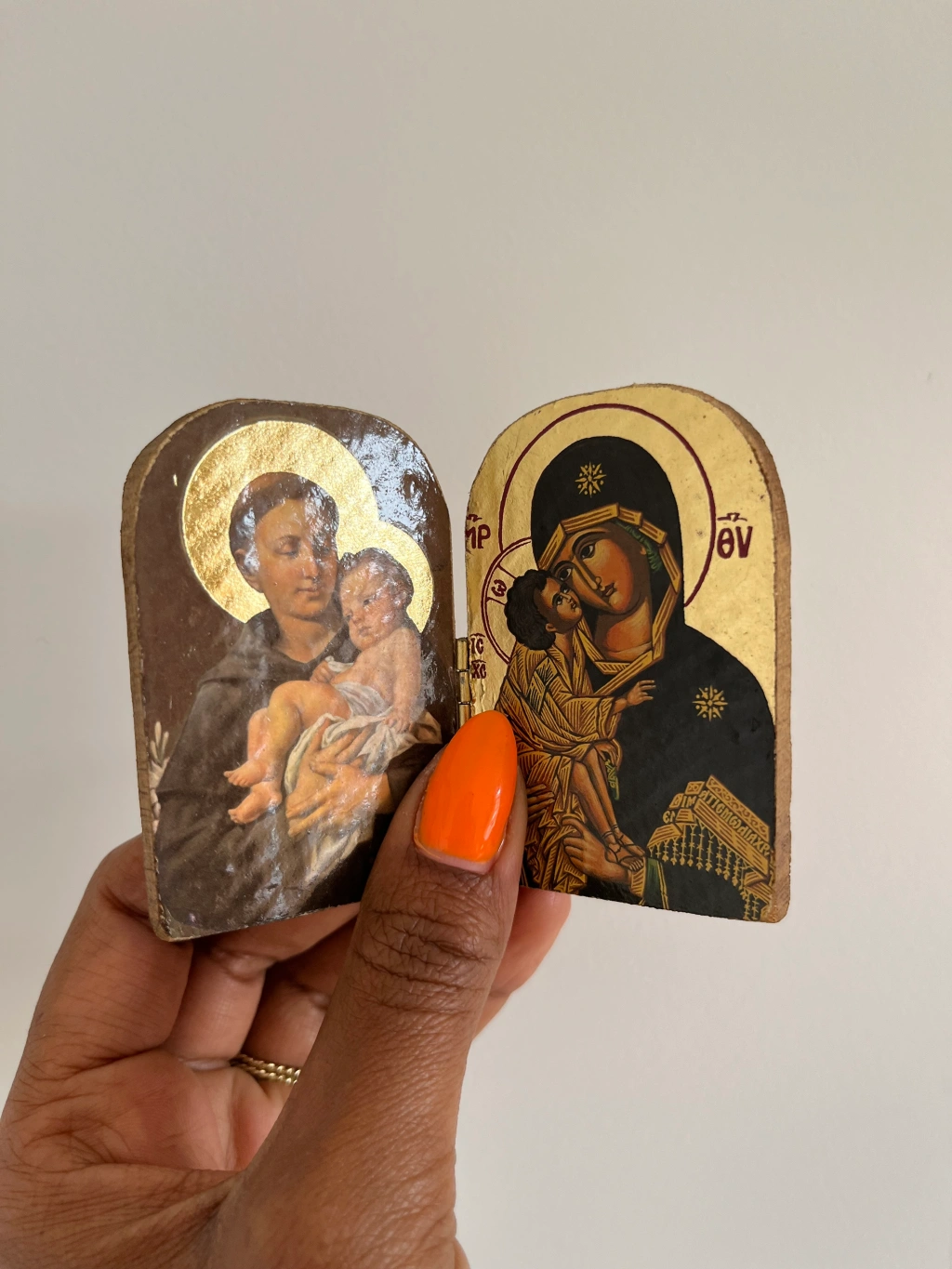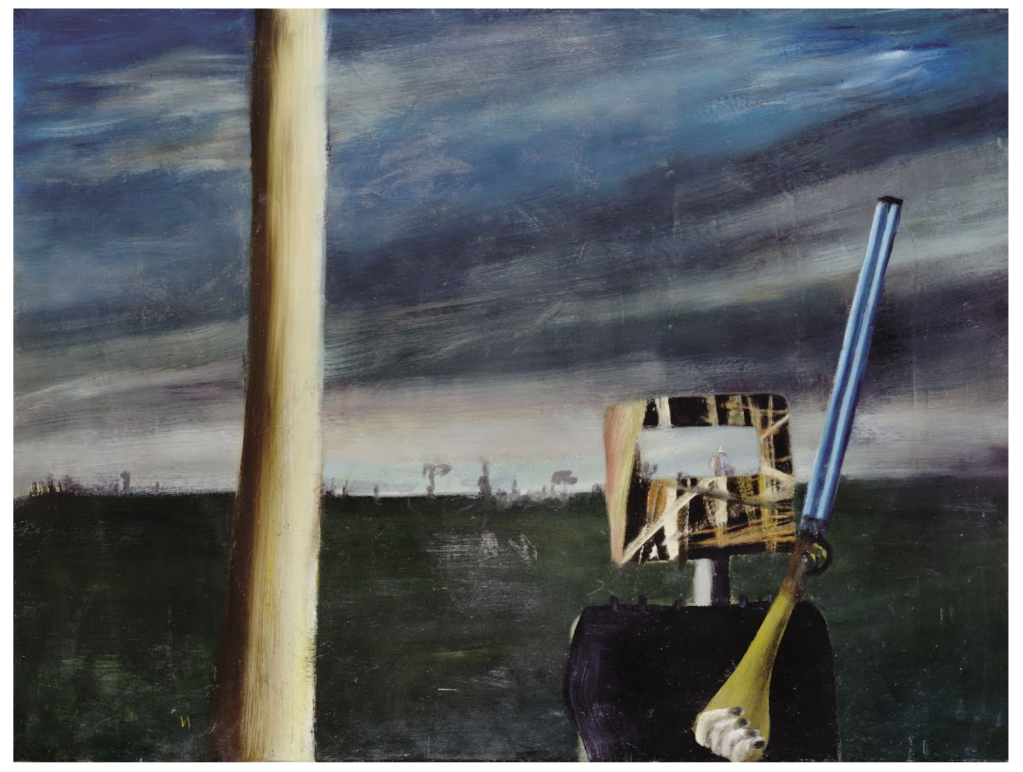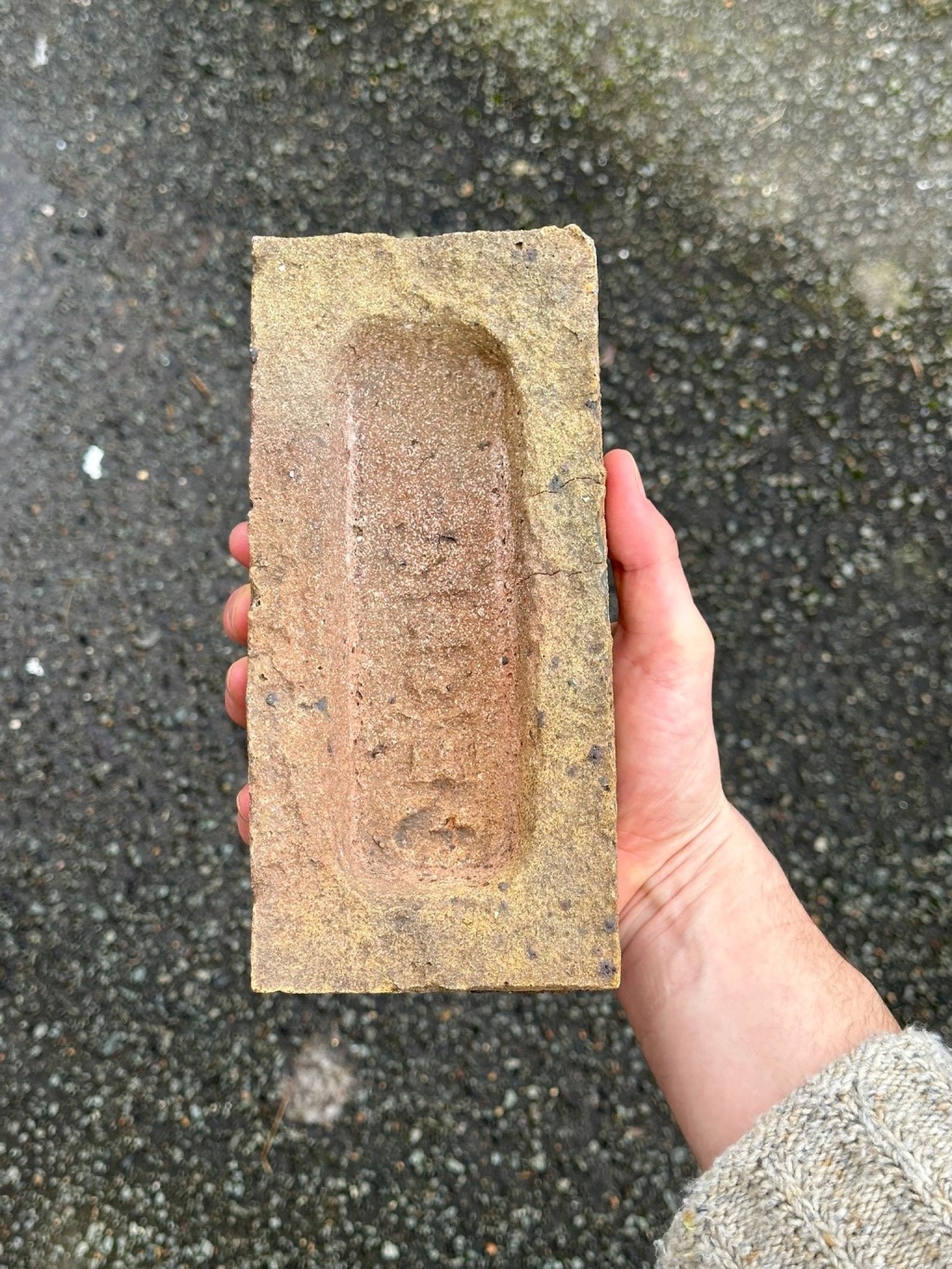
Davor Bruketa, co-founder, Chief Creative Officer and Head of Design at Bruketa&Zinic&Grey – on his Lightbearing Form by Vojin Bakic, 1964.
GB Tell me why you chose this.
DB I’ll tell you the long story first. It’s special for so many reasons. First of all, there’s the social moment, after the Second World War when Yugoslavia was on its way to becoming a communist country. In 1948, Tito, the head of Yugoslavia at the time, had a dispute with Stalin. He refused to be Stalin’s puppet at at time when most people who said no to Stalin were usually dead within 48 hours, but he survived and with backing from the US, Yugoslavia wasn’t invaded. So, 1948 was a pivotal time when Yugoslavia wanted to separate itself from the rest of the Communist Bloc, firstly through being a socialist country, not communist, and secondly through a political decision to differentiate itself in terms of the arts and architecture. We no longer wanted the Social Realism that was so present in the Eastern Bloc, we wanted the most contemporary art and architecture we could find, so we went West. At that moment a whole new generation of artists and architects appeared. So, though the 1950s Yugoslavia was incredibly experimental and the monuments to the Revolution were completely abstract forms, pushing at the boundaries of technology. From my position of living in Croatia today, I think this was the most exciting time and most successful and important part of our art history. It was backed and financed by the state and never, before or since, have we achieved such an experimental atmosphere in arts and creative industries in this part of the world. For me, Vojin Bakic is one of the most talented of all these people and for me, the greatest sculptor ever on this side of the Adriatic. Although a lot of his work was formally connected to state-funded revolutionary monuments, his work is pure abstract poetry, exciting from the perspective of form, light and playfulness, which is the total opposite of his life story. He was from quite a respectable family but all his brothers were killed in the concentration camp during the Second World War.
Bakić used very heavy materials to create such light, poetic, playful, fantastic forms that you’re seduced by the beauty of his three-dimensional objects. It’s completely unimportant what the purpose of the objects is. I have his sculpture in the window and it’s mobile so the slightest movement in the air moves the sculpture. It looks heavy because it’s made of metal but it’s actually very light, so with movement in the air it changes. It has a million faces because the round plates are convex, so they alter reality. They reflect reality but at the same time they change it in a million ways. Every day I look at it and see something completely different. It’s incredible that a man with such limited technology could create a self-perpetuating filter on reality. When I first bought the piece I put it by a wall, so it reflected the room but mostly the wall and it didn’t show its potential. It’s reflective that you don’t see the object, you just see million new versions of reality.
GB Does that add to the beauty, that it’s there in your home, reflecting your own reality back at you?
DB It’s a mirror but it alters reality. Especially because it’s next to a window, it reflects the inside and the outside which is constantly changing. I wake up very early and make myself a green tea and watch nature through this incredible filter.
GB I always wonder if beauty was part of the intention when I interview people about works of art. It seems that it was here?
DB It was the intention. He has written about his desire to make people joyful by looking at his art. But it’s not all that simple. I was in love with this piece for many years. It’s part of our popular culture and our collective memory and it’s one of the most famous works by one of our most famous sculptors. I was so lucky that I had a chance to buy. There are more pieces from this series but most are in museums and this is the rare one that is mobile, not fixed to the floor. I was attracted by the history of the piece first. When I first brought it into my living room and it was in the wrong place, I didn’t find it joyful at all, I felt super stressed. I wondered if my living room was too small for the power of the piece. I felt like it could eat us alive. But when I moved it in front of this large window, it found its space and spread its energy outside the room.
GB The story of his work is so interesting and so much a response the horrors of war. Do you find that beauty is part of your own work in that way?
DB My initial motivation for becoming a designer is because I was attracted by beauty. Beauty can’t be quantified, defining it it is a really personal thing. What beauty is for me has really changed over time. I would say that beauty is in intent.
GB Do you find that the language of design is informed by world events in the same way that art is?
DB Absolutely. It’s a reflection of society. We try to balance the madness of the world with some kind of beauty and beauty is defined by the madness of the world.
GB Do you think that the war in Croatia in such recent history led to more beauty being created?
DB I wouldn’t say that. I’d say that the beauty created in Croatia at that time was very different to the beauty created elsewhere. My basic purpose is to create beauty and to motivate others to create it, especially in a society that doesn’t care very much about intended beauty. I believe beauty is an intent to balance the imperfections of the world, so it changes every day. It has to be sincere. I wonder why the 50s and 60s and 70s were so much more exciting in art. When we weren’t a democratic society, but we were so much more open to experimentation, we wanted to compete with the world. I still wonder where this openness and ambition came from because we don’t see that today.
GB Do you think art was a more powerful force for change then?
DB At the time it was the most dramatic change in our society ever. Religion and tradition had been the same for centuries. But then this time of industrialisation came, and the development was so fast with people moving to cities and industries being built. All that was reflected in art. Maybe it was because other freedoms were more repressed at the time and art was given complete freedom of expression.
GB Do you think there are many people in the world today trying to create the most beautiful objects in the world, like the people who made my Sèvres porcelain?
DB I think a lot of people are trying to do that, especially architects. There are so many different approaches today and for me, architecture is the most exciting of all the arts at the moment.
GB What makes something worthy of the word Beauty to you?
DB As I said before, it’s the intent. I need to see the intent to do something sincerely and with ambition. We are finishing our new office and it’s going very slowly as we have so many other projects, but the feeling of something being born very slowly is so fulfilling for me. It’s the most sincere creation I can make and for me, that’s beauty.




